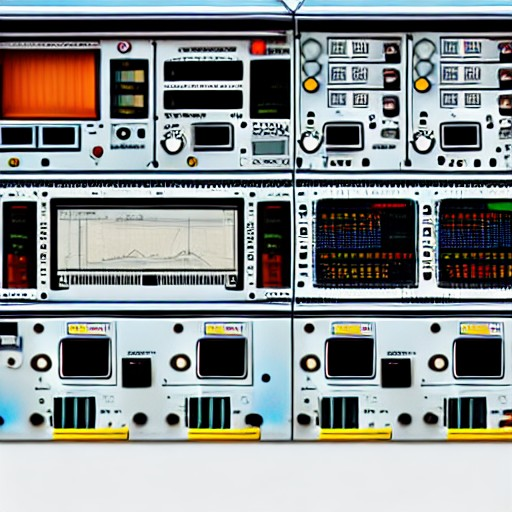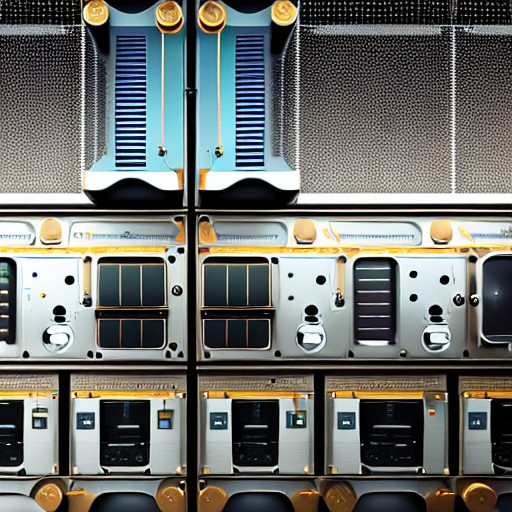The Benefits and Drawbacks of Automation
Automation, the use of technology to perform tasks or processes without human intervention, has become increasingly prevalent in various industries and sectors. While automation offers many benefits, it also has some drawbacks. Let's explore the advantages and disadvantages of automation.

Benefits of Automation
1. Increased Efficiency: Automation can streamline repetitive tasks and processes, reducing the need for manual labor and increasing overall efficiency. With automated systems, tasks can be performed consistently and accurately, minimizing human errors and improving productivity.

2. Cost Savings: Automation can lead to cost savings by reducing labor costs, improving resource allocation, and minimizing wastage. Automated systems can work 24/7 without breaks, leading to higher productivity levels and potentially reducing the need for additional human resources.
3. Improved Quality: Automation can improve the quality of products and services by minimizing human errors and variations. Automated processes can ensure consistent outcomes and reduce defects, leading to higher customer satisfaction and loyalty.
4. Enhanced Safety: Automation can reduce the risks associated with hazardous tasks or environments by replacing human workers with automated systems. This can lead to improved workplace safety and a decrease in accidents and injuries.
5. Increased Innovation: Automation can free up human workers from repetitive tasks, allowing them to focus on more creative and strategic activities. This can lead to increased innovation and new opportunities for growth and development.

Drawbacks of Automation
1. Job Displacement: One of the main drawbacks of automation is the potential for job displacement. As tasks and processes become automated, human workers may face job losses or require retraining for new roles. This can have significant social and economic impacts.

2. Initial Costs: Implementing automation can require significant upfront investments in technology, equipment, and training. This can be a barrier to entry for small and medium-sized businesses, limiting their ability to adopt automation technologies.
3. Technological Dependencies: Automation systems rely heavily on technology, which can be subject to malfunctions, breakdowns, or security breaches. This can disrupt operations and require additional investments in maintenance and security measures.
4. Lack of Flexibility: Automated systems are designed to perform specific tasks, and they may lack the flexibility and adaptability of human workers. Changes in processes or requirements may require significant modifications to the automation system, resulting in additional costs and delays.
5. Ethical Concerns: Automation raises ethical concerns, such as the impact on human workers, potential biases in decision-making algorithms, and the ethical implications of replacing human labor with machines. These concerns require careful consideration and management to ensure responsible and ethical use of automation technologies.

Conclusion
Automation offers many benefits, including increased efficiency, cost savings, improved quality, enhanced safety, and increased innovation. However, it also has drawbacks, such as job displacement, initial costs, technological dependencies, lack of flexibility, and ethical concerns. It is important to carefully evaluate and manage the implementation of automation technologies to maximize the benefits while mitigating the drawbacks. Proper planning, training, and consideration of the social and ethical implications of automation are critical for successful adoption and integration of automation in various industries and sectors.